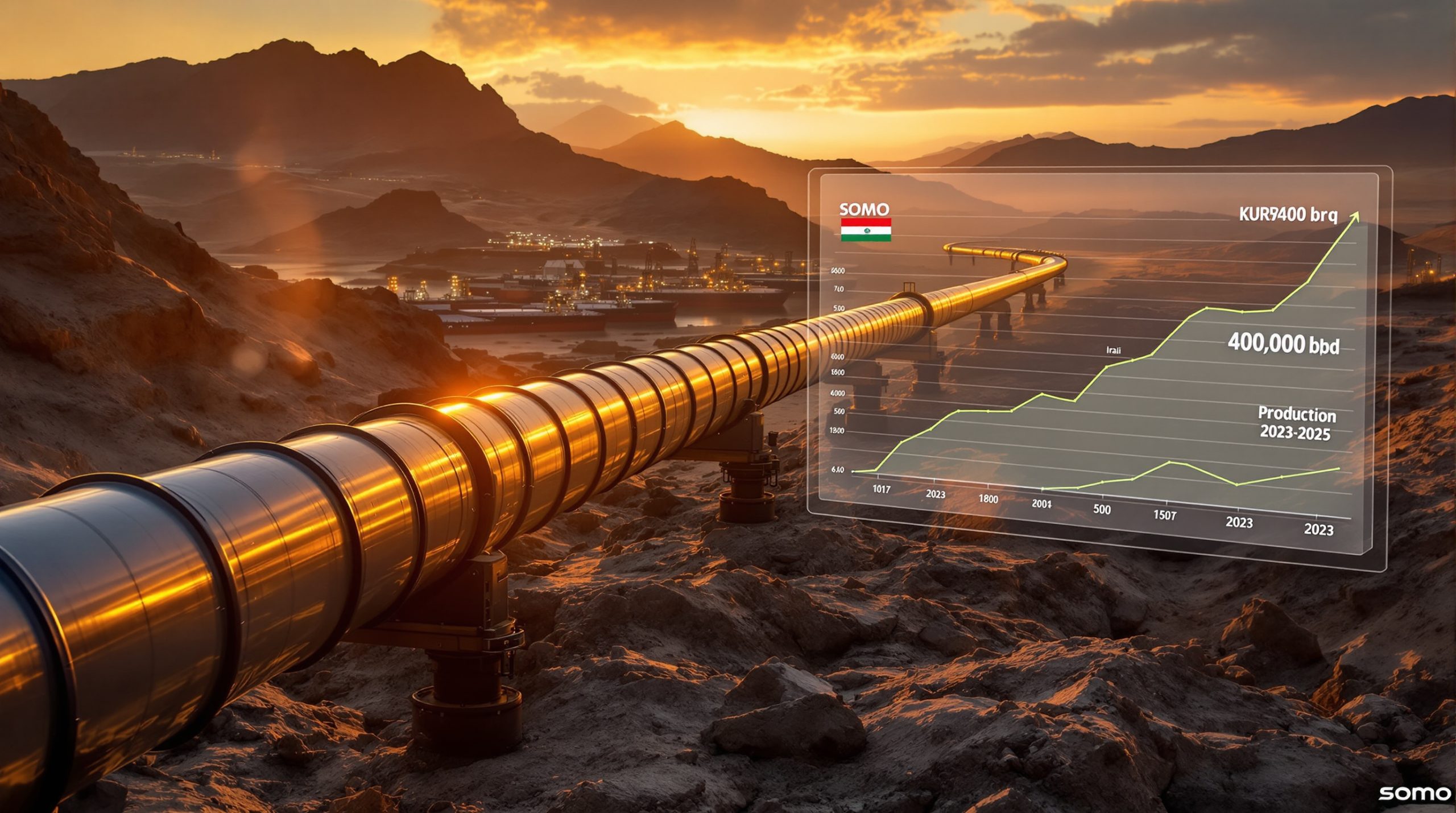What Drove the Surge in Australian Copper Stocks After the Indonesian Mine Disaster?
The recent market upheaval has left many investors watching closely as Australian copper stocks surge after Indonesian mine disaster. This headline event underscored the fragility of global supply chains and the need to address evolving market risks. Furthermore, this incident has spurred discussion on factors such as pricing dynamics and alternative supply routes.
A recent analysis noted the importance of emerging trends and potential investment opportunities. With comprehensive reports showcasing a copper price prediction Copper price prediction, stakeholders are left to wonder how long this period of volatility may last.
How Did the Indonesian Mine Incident Disrupt Global Copper Supply Chains?
On 8 September 2025, a severe mudslide at Indonesia’s Grasberg Block Cave Mine halted mining operations abruptly. The disaster not only claimed lives but also forced a suspension of key activities. Consequently, Freeport-McMoRan declared force majeure on its contracts, protecting itself from liabilities.
This disruption led to a projected 35% drop in Grasberg’s copper production for 2026. In addition, forecasts now indicate a substantial shortfall compared to previous estimates of 1.7 billion pounds. Meanwhile, the global copper supply forecast Global copper supply forecast has been adjusted as the industry faces prolonged recovery challenges.
The market reacted quickly:
- Copper futures surged over 4% overnight.
- The London Metal Exchange recorded a 3.63% rise.
- Freeport shares plummeted nearly 17% instantly.
These statistics demonstrate the scale of the disruption. However, the phased restart scheduled for early 2026 and the expectation of a full recovery by 2027 add to the uncertainty in pricing.
Why Are Australian Copper Producers Benefiting From This Global Shock?
Australian copper producers have capitalised on the disruption. Their regulatory stability, robust infrastructure, and advanced risk management practices have placed them in a favourable position. In addition, investors now see these firms as a hedge against global uncertainties.
In the midst of the chaos, market participants have turned their attention to Australia critical minerals Australia critical minerals. This has boosted investor confidence as they seek countries with lower geopolitical risks.
Key drivers behind the surge include:
- The perception of Australia as a stable source of copper.
- Diversification across multiple jurisdictions.
- A shift in procurement strategies towards reliable suppliers.
- A growing consensus on the value of robust ESG credentials.
Moreover, insights on copper investment insights Copper investment insights suggest that the shift in market favour will persist well into the future.
What Are the Short- and Long-Term Effects on Copper Prices and Supply?
The immediate reaction saw copper prices spike significantly. For instance, copper futures and spot prices surged by over 4% as traders prepared for a potentially severe shortage. Additionally, ASX-listed companies capitalised on this scarcity by outperforming market expectations.
Immediate and Short-Term Effects:
- A pronounced price increase due to expected shortages.
- Adjustments in procurement strategies within copper-reliant industries.
- A trend towards purchasing from more reliable sources.
Medium- to Long-Term Outlook:
- The shift in supply/demand dynamics, with the International Energy Agency projecting around a 2.6% annual growth in demand through 2030.
- Persistently low inventory levels at major exchanges, maintaining tight market conditions.
- Heightened price volatility until phased Grasberg restarts stabilise markets.
Modern wind turbines and electric vehicles rely heavily on copper. For instance, wind turbines require between 3 and 5 tonnes per megawatt, while EVs contain up to four times the copper of conventional vehicles. This underscores copper’s critical role in the energy transition and the necessity for a resilient supply chain.
“The market’s sensitivity during such disruptions is profound, with even minor supply hiccups causing significant ripple effects,” an industry expert remarked.
How Do ASX-Listed Majors Compare in Global Copper Output and Growth Strategy?
The incident has forced a revaluation of growth strategies among leading ASX copper companies. Their emphasis on operational flexibility, technological innovation, and strategic diversification has helped many weather global shocks.
Portfolio Performance:
- BHP Group maintains extensive assets in both Australia and Chile while investing heavily in new technologies.
- Rio Tinto leverages its global footprint through partnerships and exploration initiatives.
- Sandfire Resources has diversified geographically to mitigate operational risks.
- Capstone Copper boasts multi-continental operations and agile project management.
- Hillgrove Resources stands out as a small-cap option with a nimble approach in volatile markets.
A comparative table below summarises production insights for FY2024:
| Company | FY2024 Copper Output (Tonnes) | Asset Fields | Expansion Approach |
|---|---|---|---|
| BHP Group | 1,710,000 | Olympic Dam, Escondida | Greenfield, brownfield |
| Rio Tinto | 527,000 | Australia, Mongolia | Organic growth, JVs |
| Sandfire | 72,000 | Australia, Botswana | M&A, exploration |
| Capstone Copper | Not disclosed | Australia, Americas | Portfolio optimisation |
| Hillgrove | Small-scale | South Australia | Niche, high-grade focus |
In addition, these companies are part of a broader trend in the mining industry evolution Mining industry evolution. Their continued investments in automation and improved ore recovery techniques illustrate proactive measures for future challenges.
What Can Investors and Industry Stakeholders Learn From This Event?
The impact of the Indonesian mine disruption offers several lessons on managing supply risk and refining investment strategies. Firstly, jurisdictional diversity and operational flexibility are paramount. Secondly, prompt and effective crisis management can safeguard reputations, even during catastrophic events.
Key Lessons:
- Diversification across stable geopolitical regions is essential.
- Insurances and force majeure clauses can provide vital risk coverage.
- A strong ESG track record often correlates with faster recovery.
- Small-cap players can yield high returns during supply shocks.
Investor Strategies:
- Prioritise companies operating in politically and logistically stable regions.
- Evaluate managerial track records on safety and sustainability.
- Monitor off-take agreements and contractual flexibility closely.
- Consider emerging producers balanced against their higher risk profiles.
- Stay updated on market shifts through trusted news sources, such as recent asx market updates asx market updates.
Market analyses on copper stocks further emphasise that a diversified portfolio simplifies navigation through volatile times. Additionally, insights from sources reporting on copper stocks surge copper stocks surge highlight the need for vigilance in tracking supply disruptions.
Frequently Asked Questions: Australian Copper Stocks & Global Supply Disruptions
What triggered the latest rise in australian copper stocks surge after indonesian mine disaster?
A sudden supply disruption at Indonesia’s Grasberg Mine significantly reduced global output, provoking a surge in prices as investors turned to more secure markets.
How long might Indonesian copper supply be reduced?
Preliminary assessments suggest production may be 35% below forecasts for much of 2026, with full recovery unlikely before 2027.
Which ASX companies are best positioned during a global copper shortfall?
Leading companies include BHP, Rio Tinto, Sandfire Resources, and Capstone Copper, each backed by diversified operational strategies. Smaller players like Hillgrove may offer speculatively higher returns.
How sensitive is the copper price to major mine disruptions?
Historically, major disruptions have spurred spikes of between 3–8% in copper prices, especially under conditions of low inventory levels.
What role do force majeure clauses play in mining?
These clauses shield companies from contractual penalties in events beyond their control, though they often contribute to price volatility as markets scramble for alternative supplies.
Conclusion: What’s Next for Australian Copper Stocks as Supply Risks Persist?
In summary, the episode of australian copper stocks surge after indonesian mine disaster offers critical insights into market dynamics and investment strategies. With ongoing pressures from the transition to renewable energy and the electrification of major industries, investors must focus on resiliency.
Market volatility is forecast to continue until the supply chain stabilises, reinforcing the importance of diversification and robust operational frameworks. Overall, Australian copper stocks surge after Indonesian mine disaster serves as a pivotal case study, urging both short-term tactical moves and long-term strategic planning for commodities investors.
For further exploration of market trends, industry experts recommend monitoring detailed reports and assessments on copper and critical minerals. Stay informed as global and local dynamics evolve, ensuring investment decisions are made with the latest insights in mind.
Australian copper stocks surge after Indonesian mine disaster.
Interested in Capitalising on the Next Major Mining Discovery?
Harness the power of Discovery Alert's proprietary Discovery IQ model to stay ahead of market trends and maximise returns. Visit the Discovery Alert home page today to start your 30-day free trial and gain immediate insights into critical mineral discoveries on the ASX.




